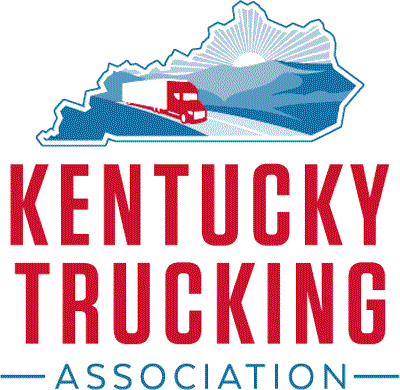Does FMCSR §392.80 or §392.82 look familiar? Hopefully not! In case you’re not familiar, §392.80 refers to the prohibition against texting while driving, and §392.82 refers to using a hand-held mobile telephone. Both regulations can be detrimental to both the driver and the carrier, as they relate directly to “Distracted Driving.”
In today’s world, we sometimes have “information overload.” From scheduling delays to telemarketing calls and even a quick text to ask a simple question. Although technology keeps us much more connected to people, it can distract us from the task at hand, in this case, driving an 80,000-pound commercial vehicle.
For clarification, let’s look at each regulation straight from the source:
§ 392.80 Prohibition against texting.
(a) Prohibition. No driver shall engage in texting while driving.
(b) Motor carriers. No motor carrier shall allow or require its drivers to engage in texting while driving.
(c) Definition. For the purpose of this section only, driving means operating a commercial motor vehicle, with the motor running, including while temporarily stationary because of traffic, a traffic control device, or other momentary delays. Driving does not include operating a commercial motor vehicle with or without the motor running when the driver moved the vehicle to the side of, or off, a highway, as defined in 49 CFR 390.5, and halted in a location where the vehicle can safely remain stationary.
(d) Emergency exception. Texting while driving is permissible by drivers of a commercial motor vehicle when necessary to communicate with law enforcement officials or other emergency services.
§ 392.82 Using a hand-held mobile telephone.
(a) (1) No driver shall use a hand-held mobile telephone while driving a CMV.
(2) No motor carrier shall allow or require its drivers to use a hand-held mobile telephone while driving a CMV.
(b) Definitions. For the purpose of this section only, driving means operating a commercial motor vehicle on a highway, including while temporarily stationary because of traffic, a traffic control device, or other momentary delays. Driving does not include operating a commercial motor vehicle when the driver has moved the vehicle to the side of, or off, a highway and has halted in a location where the vehicle can safely remain stationary.
(c) Emergency exception. Using a hand-held mobile telephone is permissible by drivers of a CMV when necessary to communicate with law enforcement officials or other emergency services.
Lastly, let’s look at what it means when referring to “Using a hand-held mobile telephone.” Definitions are important!!
(1) Using at least one hand to hold a mobile telephone to conduct a voice communication;
(2) Dialing or answering a mobile telephone by pressing more than a single button; or
(3) Reaching for a mobile telephone in a manner that requires a driver to maneuver so that he or she is no longer in a seated driving position, restrained by a seat belt that is installed in accordance with 49 CFR 393.93 and adjusted in accordance with the vehicle manufacturer’s instructions.
This definition can sometimes be subjective when it comes to enforcement actions. Most officers will only go by their perception of events. If they see the driver holding the phone, dialing, or manipulating the keypad, they are most likely to take enforcement action upon that driver. Could it fall outside the definition, possibly, but most enforcement officers won’t hold court on the side of the road. The best way to eliminate the consequence is to eliminate the behavior that falls within the prohibitions.
Do you have a policy for your drivers as it relates to texting and cell phone use? A violation of either of the regulations discussed will almost certainly impact your CSA scores in the Unsafe Driver category. Both violations are “10-Pointers” each, something the carrier, as well as the driver, want to avoid. Drivers are human; they sometimes will most certainly answer the phone when it rings; it is just a natural reaction. The danger lies with, will that distraction be the cause of an unforeseen event that will impact both the driver and the carrier? “To err is human; to forgive divine.”
Tips for dealing with distracted driving behavior:
- Driver Training: Even a 10-minute video on the consequences of “Distracted Driving” can have an impact on driver behavior.
- Document the training on distracted driving
- Implement a “cell phone” and/or “texting” policy
- Progressive Discipline: Do you have a policy in place?
These are just tips to hopefully make your company safety conscious about potential violations which could impact your operation.
References: FMCSR §390.5, §392.80, §392.82











